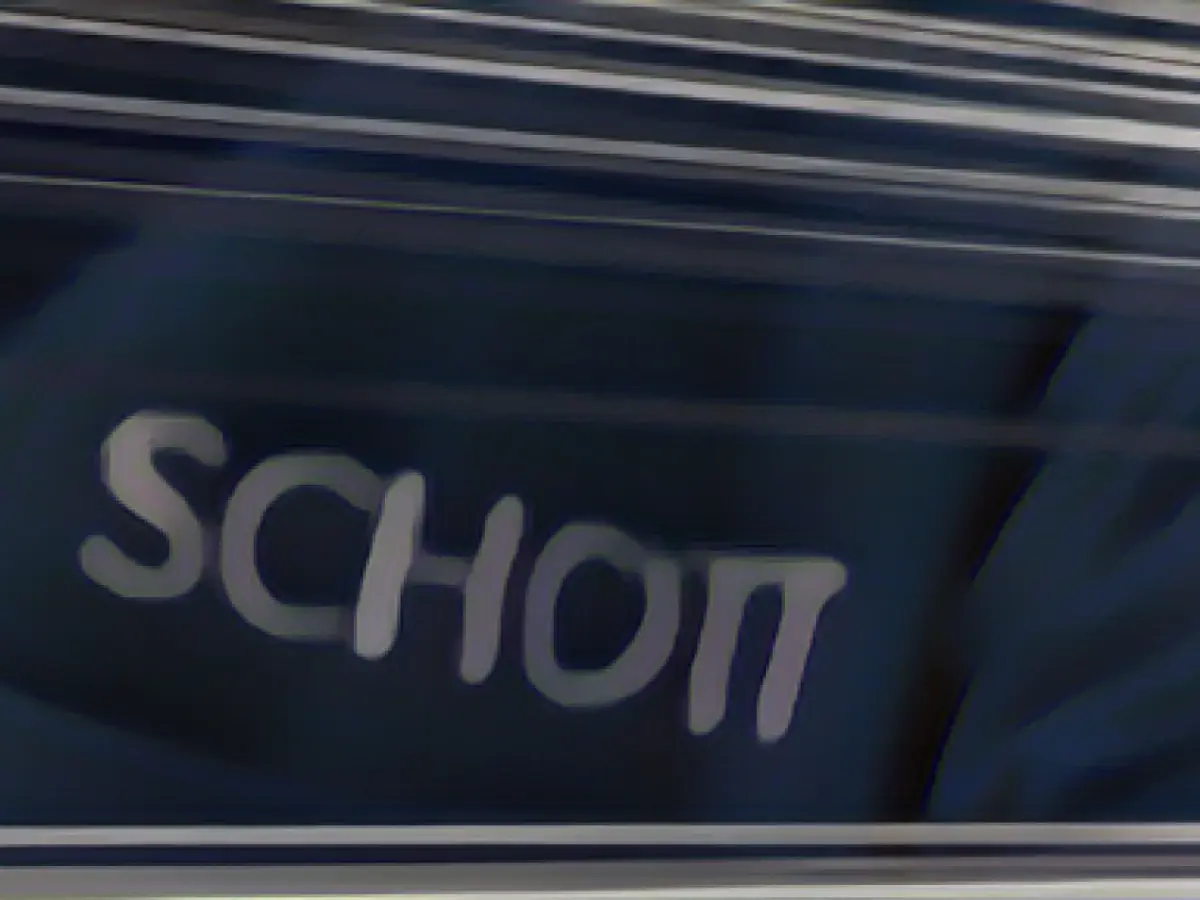Going green: Schott's quest for climate-neutral glass production
Based in Mainz, Schott, a renowned specialist glass manufacturer, aims to make its energy-intensive production processes climate-neutral by 2030. As part of this mission, Schott is experimenting with powering its melting tanks using green electricity and hydrogen. These experiments will be discussed in detail this coming Thursday, 10.30 a.m., at the company's Mainz headquarters.
The challenge lies in maintaining temps of up to 1700 degrees Celsius during specialized glass production, which has relied heavily on natural gas in the past. Schott recently received recognition as a forerunner in sustainable manufacturing with the German Sustainability Award for its 2030 climate-neutral production plan.
Schott's green transformation extends beyond Mainz, as the company explores the potential of hydrogen in Rhineland-Palatinate's glass melting tanks to reduce its overall carbon footprint across Germany.
Challenges Ahead
Moving towards climate-neutral glass production in Rhineland-Palatinate's industry requires overcoming several hurdles, such as maintaining high temperatures of up to 1700 degrees Celsius in the melting tanks while using green electricity or hydrogen.
Schott's green initiatives
- Schott has successfully demonstrated the production of optical glass using 100% hydrogen as a fuel source in industrial-scale furnaces without compromising quality. This breakthrough was achieved through a continuous three-day run at an industrial scale, proving that hydrogen can completely replace natural gas in the high-temperature melting process.
- To adapt to hydrogen, Schott has modified its infrastructure and burner systems to accommodate hydrogen as a future fuel source, employing a 5,000 Nm³ hydrogen tank for stable melting with hydrogen.
- Since 2021, Schott has participated in a partnership to utilize 100% green electricity for its operations, further reducing its overall carbon footprint.
- Schott has established a certified guideline for calculating a product's Carbon Footprint (PCF), which provides a comprehensive and quantified statement about a product's climate impact. This guideline can help identify emission reduction opportunities and set benchmarks for the specialty glass industry.
Challenges in implementation
- High energy demands: The high-temperature melting process used in glass production is intensively energy-consuming, requiring up to 80% of the energy used in the process.
- Infrastructure and cost: The absence of a well-established hydrogen infrastructure and competitive pricing for green hydrogen presents obstacles in scaling up testing and production. Schott urges policymakers to improve regulatory frameworks to encourage innovative ideas and accelerate the implementation of clean hydrogen technologies.
- Hydrogen availability: While Schott has showcased the feasibility of using hydrogen, its tests rely on gray hydrogen due to limited access to green hydrogen. Schott stresses the importance of investing in green hydrogen production and distribution infrastructure to fully harness the potential of clean energy sources.
By addressing these challenges and continuing to innovate, Schott aims to achieve climate-neutral glass production by 2030.








